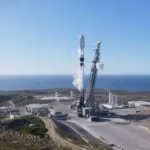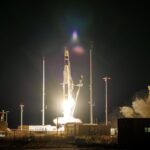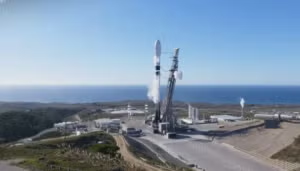
U.S. Space Force's Space Systems Command (SSC) may hold an industry day to hear from commercial companies about possible technologies for space debris removal, the profit potential for such companies for that mission, and how Space Force could leverage commercial expertise. During a question and answer session with reporters at the Space Foundation's Space Symposium in Colorado Springs on Apr. 6, Brig. Gen. Stephen Purdy, the program executive officer of assured access to space at SSC, said that space debris…














